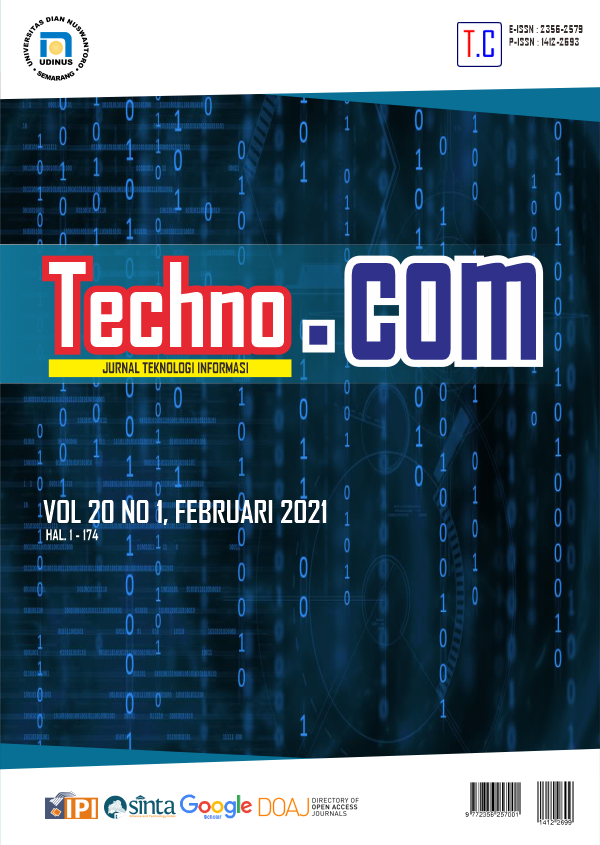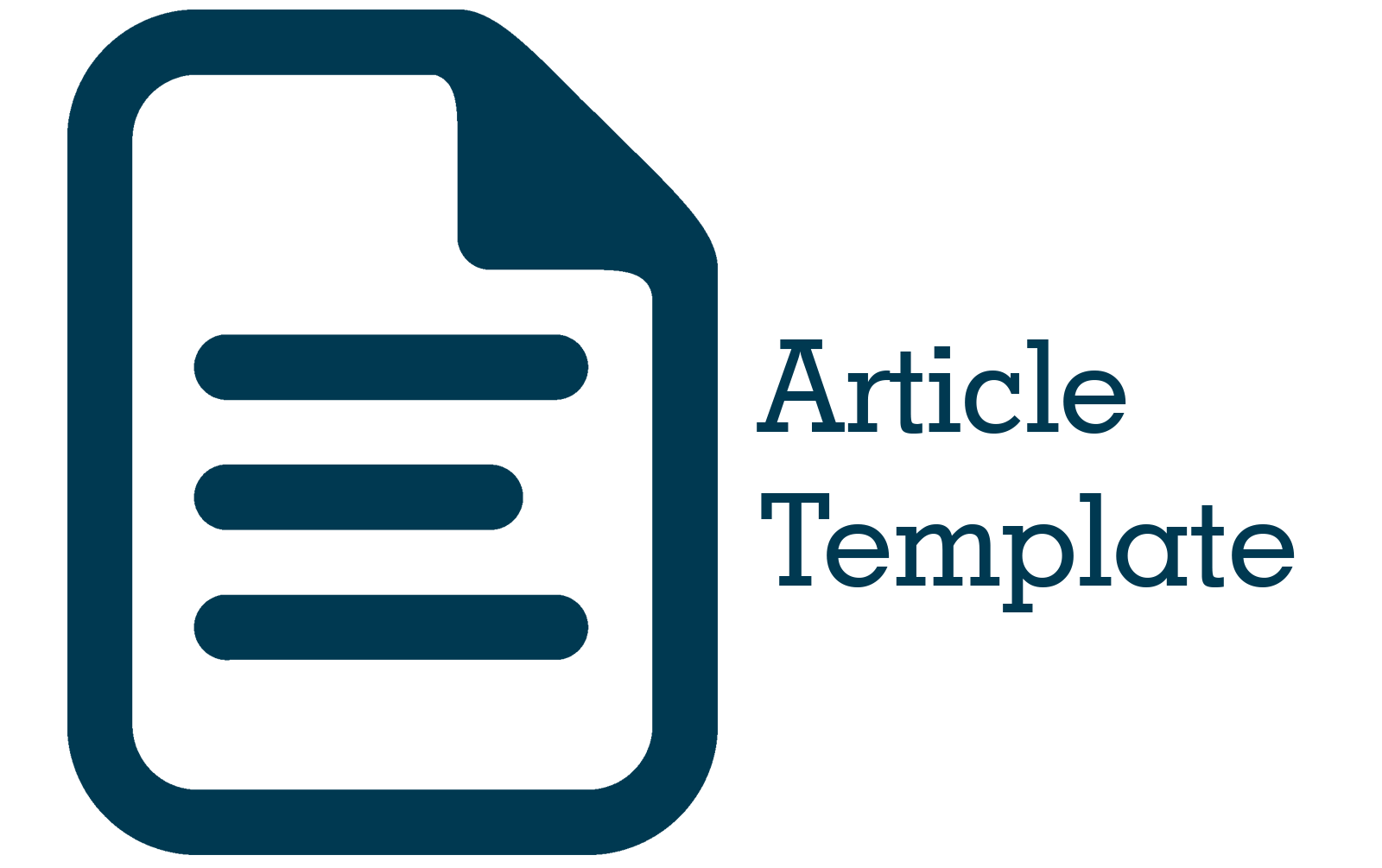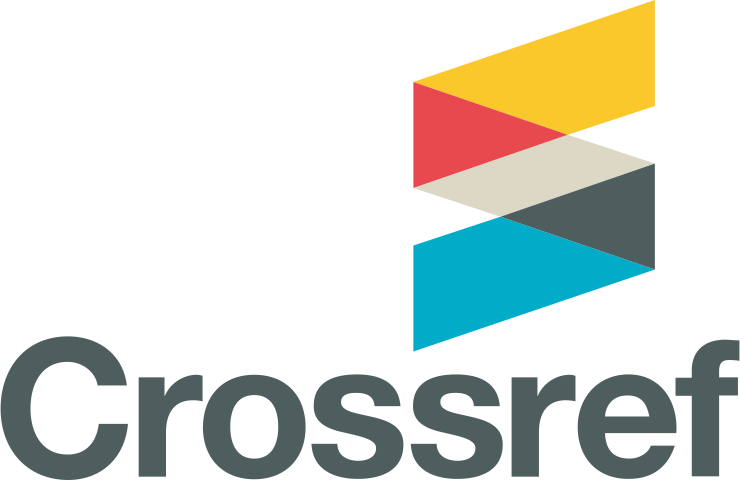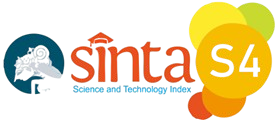Penentuan Centroid Awal Pada Algoritma K-Means Dengan Dynamic Artificial Chromosomes Genetic Algorithm Untuk Tuberculosis Dataset
DOI:
https://doi.org/10.33633/tc.v20i1.4230Keywords:
Data mining, initial centroid, k-means, Sum Square Error, fitness, Davies Bouldin Index, GA, DAC-GA, TuberculosisAbstract
Data merupakan hal penting diera sekarang begitu juga dengan metode data mining yang dapat mengekstraksi data menghasilkan informasi. Klastering 1 dari 5 peran data mining yang berfungsi untuk mengelompokkan data berdasarkan tingkat kemiripan dan jarak minimum. Algoritma K-Means termasuk algoritma yang populer banyak digunakan diberbagai bidang seperti bidang pendidikan, kesehatan, sosial, biologi, ilmu komputer. Seringkali metode K-Means dikombinasikan dengan metode optimasi seperti algoritma genetika untuk mengatasi permasalah pada K-Means yaitu sensitif dalam penentuan centroid awal .Namun metode algoritma genetika memiliki kekurangan yaitu mengalamai konvergen prematur sehingga hasil dari algorima genetika terjebak pada optimum lokal. Penelitian ini mengkombinasikan dynamic artificial cromosomes genetic algorithm dengan K-Means dalam menentukan nilai centroid awal pada k-means. Hasil eksperimen menunjukkan bahwa metode DAC GA + K-Means lebih unggul dibandingkan dengan K-Means dan GA + K-Means pada 2 dataset yang diuji dengan optimal nilai klaster sebanyak 2 dan 1 dataset sebanyak 3 klaster. Metode tersebut perolehan nilai DBI sebesar 0.138, 0.279 serta 0.382, nilai Sum Square Error sebesar 92.56, 332,39 dan 1280.68 serta nilai fitness yang tebentuk adalah 7.12, 3.57 dan 2.13.References
P. Bhatia, “Introduction to Data Mining,” Data Min. Data Warehous., pp. 17–27, 2019, doi: 10.1017/9781108635592.003.
Y. Fu, Data mining, vol. 16, no. 4. 1997.
S. Agarwal, Data mining: Data mining concepts and techniques. 2014.
J. Nayak, B. Naik, and H. S. Behera, “Computational Intelligence in Data Mining,” vol. 711, 2019, doi: 10.1007/978-981-10-8055-5.
J. Yadav and M. Sharma, “A Review of K-mean Algorithm,” Int. J. Eng. Trends Technol., vol. 4, no. 7, pp. 2972–2976, 2013.
L. E. Agustín-Blas, S. Salcedo-Sanz, S. Jiménez-Fernández, L. Carro-Calvo, J. Del Ser, and J. A. Portilla-Figueras, “A new grouping genetic algorithm for clustering problems,” Expert Syst. Appl., vol. 39, no. 10, pp. 9695–9703, 2012, doi: 10.1016/j.eswa.2012.02.149.
P. A. Ariawan, “Optimasi Pengelompokan Data Pada Metode K-means dengan Analisis Outlier,” J. Nas. Teknol. dan Sist. Inf., vol. 5, no. 2, pp. 88–95, 2019, doi: 10.25077/teknosi.v5i2.2019.88-95.
S. Bhatia, “New improved technique for initial cluster centers of K means clustering using Genetic Algorithm,” 2014 Int. Conf. Converg. Technol. I2CT 2014, pp. 1–4, 2014, doi: 10.1109/I2CT.2014.7092112.
M. E. Celebi, H. A. Kingravi, and P. A. Vela, “A comparative study of efficient initialization methods for the k-means clustering algorithm,” Expert Syst. Appl., vol. 40, no. 1, pp. 200–210, 2013, doi: 10.1016/j.eswa.2012.07.021.
M. Erisoglu, N. Calis, and S. Sakallioglu, “A new algorithm for initial cluster centers in k-means algorithm,” Pattern Recognit. Lett., vol. 32, no. 14, pp. 1701–1705, 2011, doi: 10.1016/j.patrec.2011.07.011.
T. P. Hong, C. H. Chen, and F. S. Lin, “Using group genetic algorithm to improve performance of attribute clustering,” Appl. Soft Comput. J., vol. 29, pp. 371–378, 2015, doi: 10.1016/j.asoc.2015.01.001.
A. C. Jinyin et al., “A Novel Cluster Center Fast Determination Clustering Algorithm,” Appl. Soft Comput. J., 2017, doi: 10.1016/j.asoc.2017.04.031.
Y. Lu, S. Lu, F. Fotouhi, Y. Deng, and S. J. Brown, “Incremental genetic K-means algorithm and its application in gene expression data analysis,” BMC Bioinformatics, vol. 5, pp. 1–10, 2004, doi: 10.1186/1471-2105-5-172.
J. Qiao and Y. Lu, “A new algorithm for choosing initial cluster centers for k-means,” no. Iccsee, pp. 527–530, 2013, doi: 10.2991/iccsee.2013.135.
D. Q. Zeebaree, H. Haron, A. M. Abdulazeez, and S. R. M. Zeebaree, “Combination of k-means clustering with genetic algorithm: A review,” Int. J. Appl. Eng. Res., vol. 12, no. 24, pp. 14238–14245, 2017.
E. Utik Wahyuningtyas, R. Regasari Mardi Putri, and Sutrisno, “Optimasi K-Means Untuk Clustering Dosen Berdasarkan Kinerja Akademik Menggunakan Algoritme Genetika Paralel,” J. Pengemb. Teknol. Inf. dan Ilmu Komput. Univ. Brawijaya, vol. 2, no. 8, pp. 2548–964, 2018, [Online]. Available: http://j-ptiik.ub.ac.id.
M. A. Rahman and M. Z. Islam, “A hybrid clustering technique combining a novel genetic algorithm with K-Means,” Knowledge-Based Syst., vol. 71, pp. 345–365, 2014, doi: 10.1016/j.knosys.2014.08.011.
M. R. Kamal, R. Satria, A. Syukur, F. I. Komputer, and U. D. Nuswantoro, “Integrasi Kromosom Buatan Dinamis untuk Memecahkan Masalah Konvergensi Prematur pada Algoritma Genetika untuk Traveling Salesman Problem,” J. Intell. Syst., vol. 1, no. 2, pp. 61–66, 2015.
W. O. Health, “Tuberculosis (TB) World Health Organization,” 2019. https://www.who.int/tb/en/ (accessed Jan. 01, 2019).
J. B. MacQueen, “Some methods for classification and analysis of multivariate observations,” in Proceedings of the 5th Berkeley Symposium on Mathematical Statistics and Probability, 1967, pp. 281–297.
S. N. D. S.N. Sivanandam, Introduction to Genetic Algorithms. Springer-Verlag Berlin Heidelberg, 2008.
P. C. Chang, W. H. Huang, and C. J. Ting, “Dynamic diversity control in genetic algorithm for mining unsearched solution space in TSP problems,” Expert Syst. Appl., vol. 37, no. 3, pp. 1863–1878, 2010, doi: 10.1016/j.eswa.2009.07.066.
D. L. Davies and D. W. Bouldin, “A Cluster Separation Measure,” IEEE Trans. Pattern Anal. Mach. Intell., vol. PAMI-1, no. 2, pp. 224–227, 1979, doi: 10.1109/TPAMI.1979.4766909.
Downloads
Published
Issue
Section
License
Copyright (c) 2021 Mursalim Mursalim, Purwanto Purwanto, M Arief Soeleman

This work is licensed under a Creative Commons Attribution-NonCommercial 4.0 International License.
License Terms
All articles published in Techno.COM Journal are licensed under the Creative Commons Attribution-NonCommercial 4.0 International (CC BY-NC 4.0). This means:
1. Attribution
Readers and users are free to:
-
Share – Copy and redistribute the material in any medium or format.
-
Adapt – Remix, transform, and build upon the material.
As long as proper credit is given to the original work by citing the author(s) and the journal.
2. Non-Commercial Use
-
The material cannot be used for commercial purposes.
-
Commercial use includes selling the content, using it in commercial advertising, or integrating it into products/services for profit.
3. Rights of Authors
-
Authors retain copyright and grant Techno.COM Journal the right to publish the article.
-
Authors can distribute their work (e.g., in institutional repositories or personal websites) with proper acknowledgment of the journal.
4. No Additional Restrictions
-
The journal cannot apply legal terms or technological measures that restrict others from using the material in ways allowed by the license.
5. Disclaimer
-
The journal is not responsible for how the published content is used by third parties.
-
The opinions expressed in the articles are solely those of the authors.
For more details, visit the Creative Commons License Page:
? https://creativecommons.org/licenses/by-nc/4.0/













